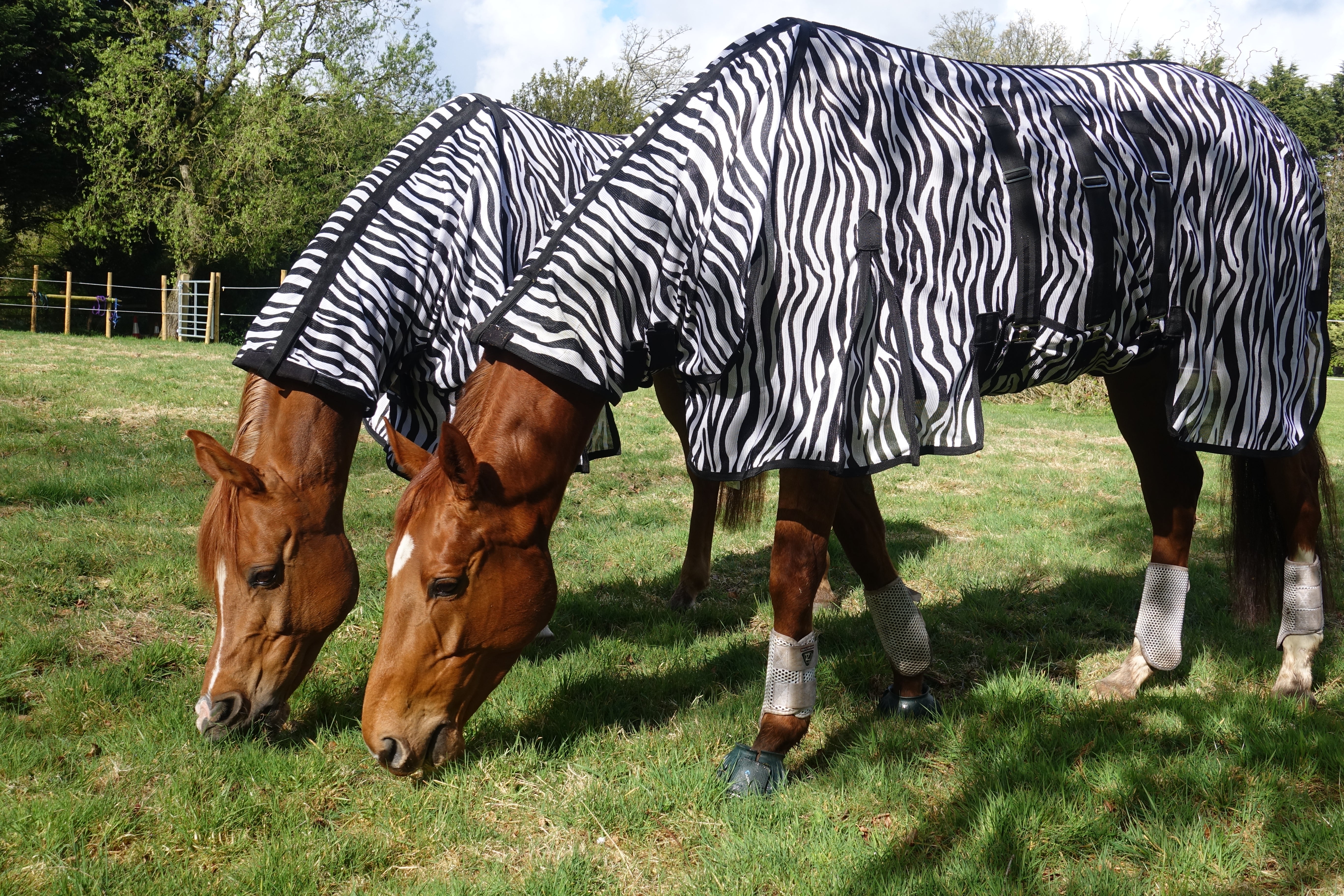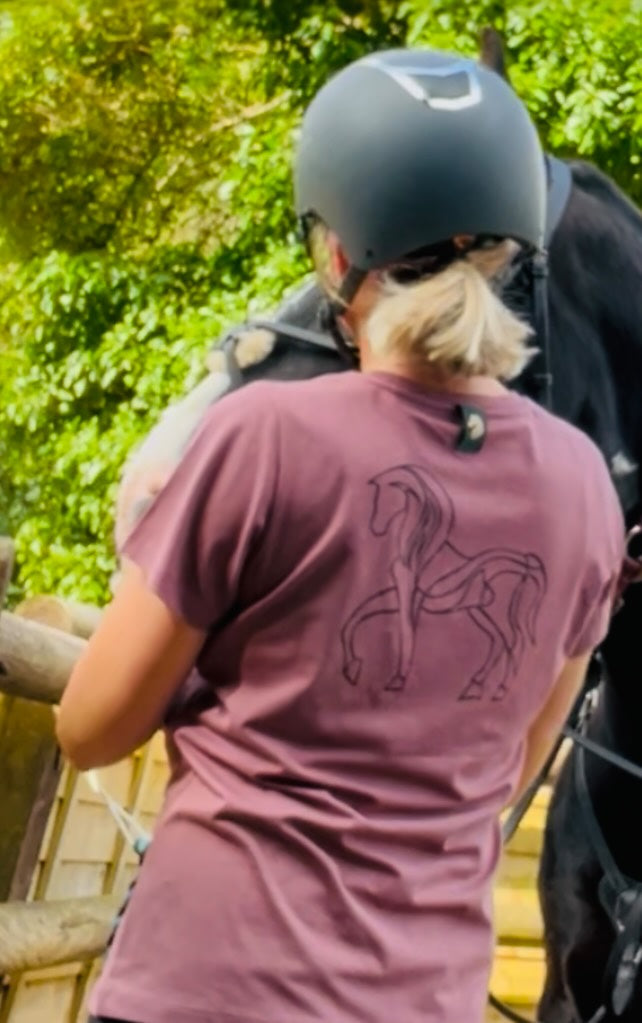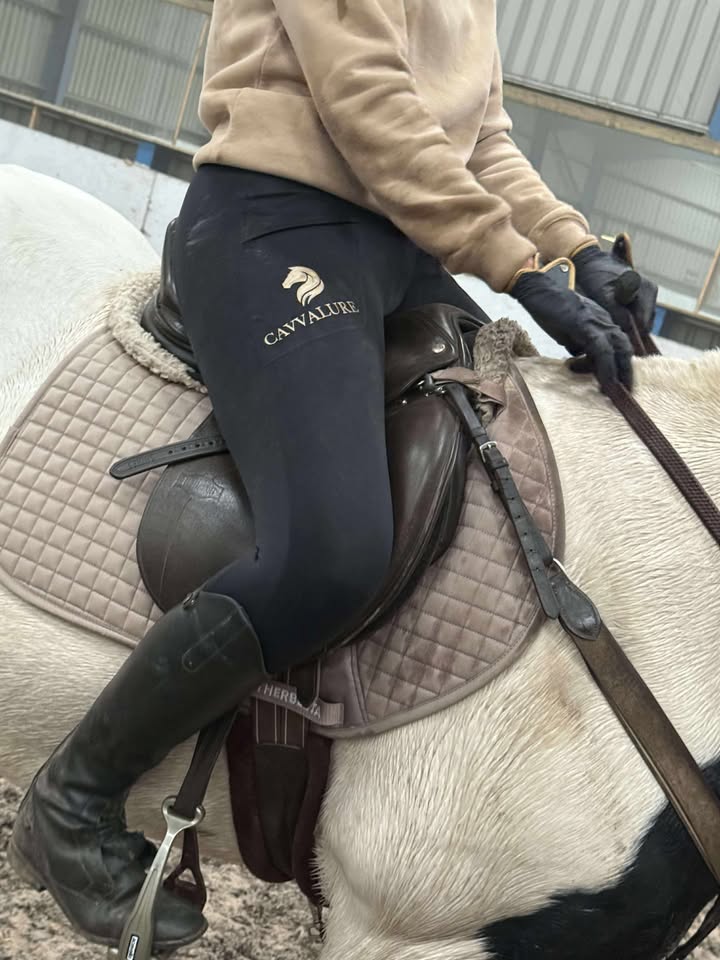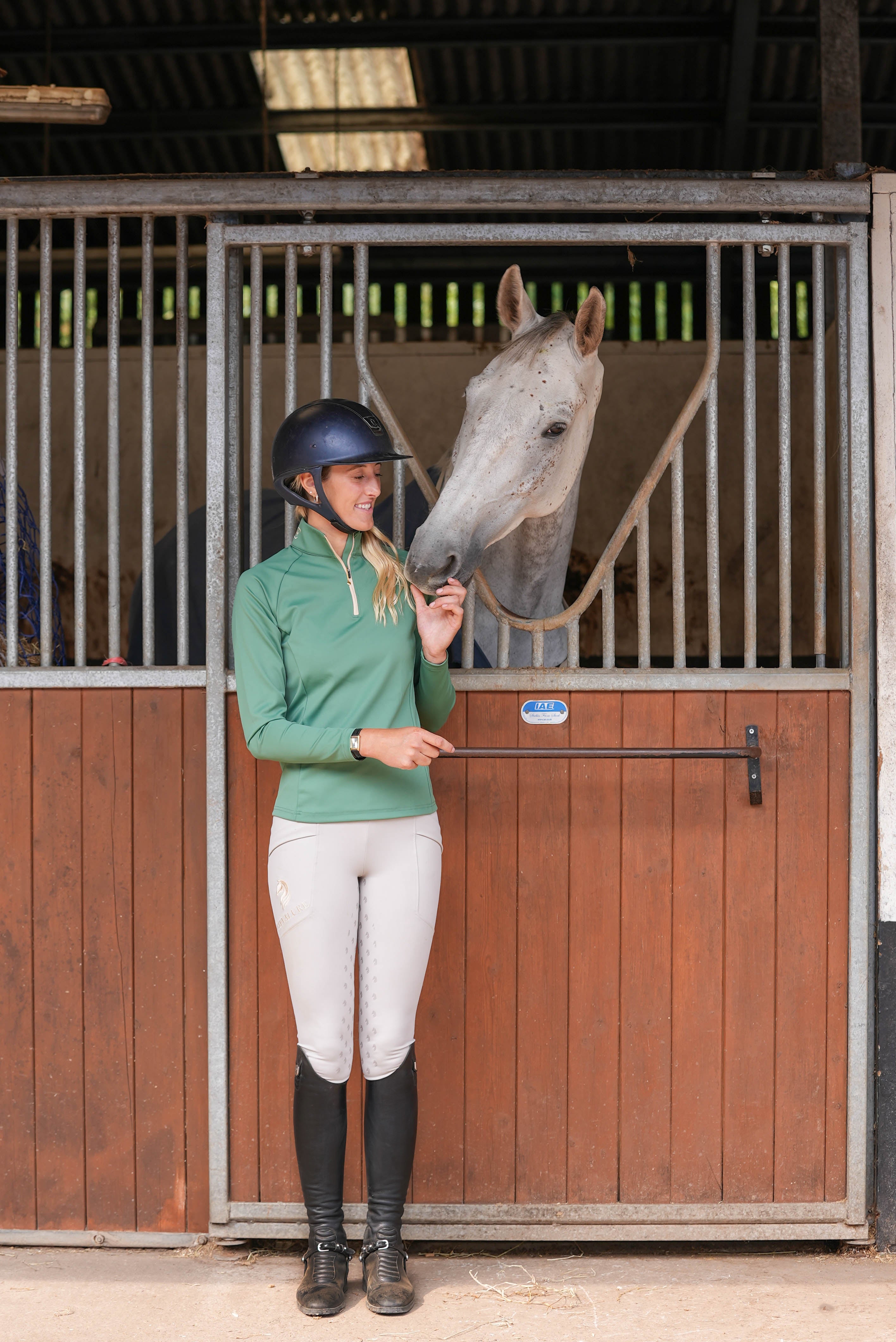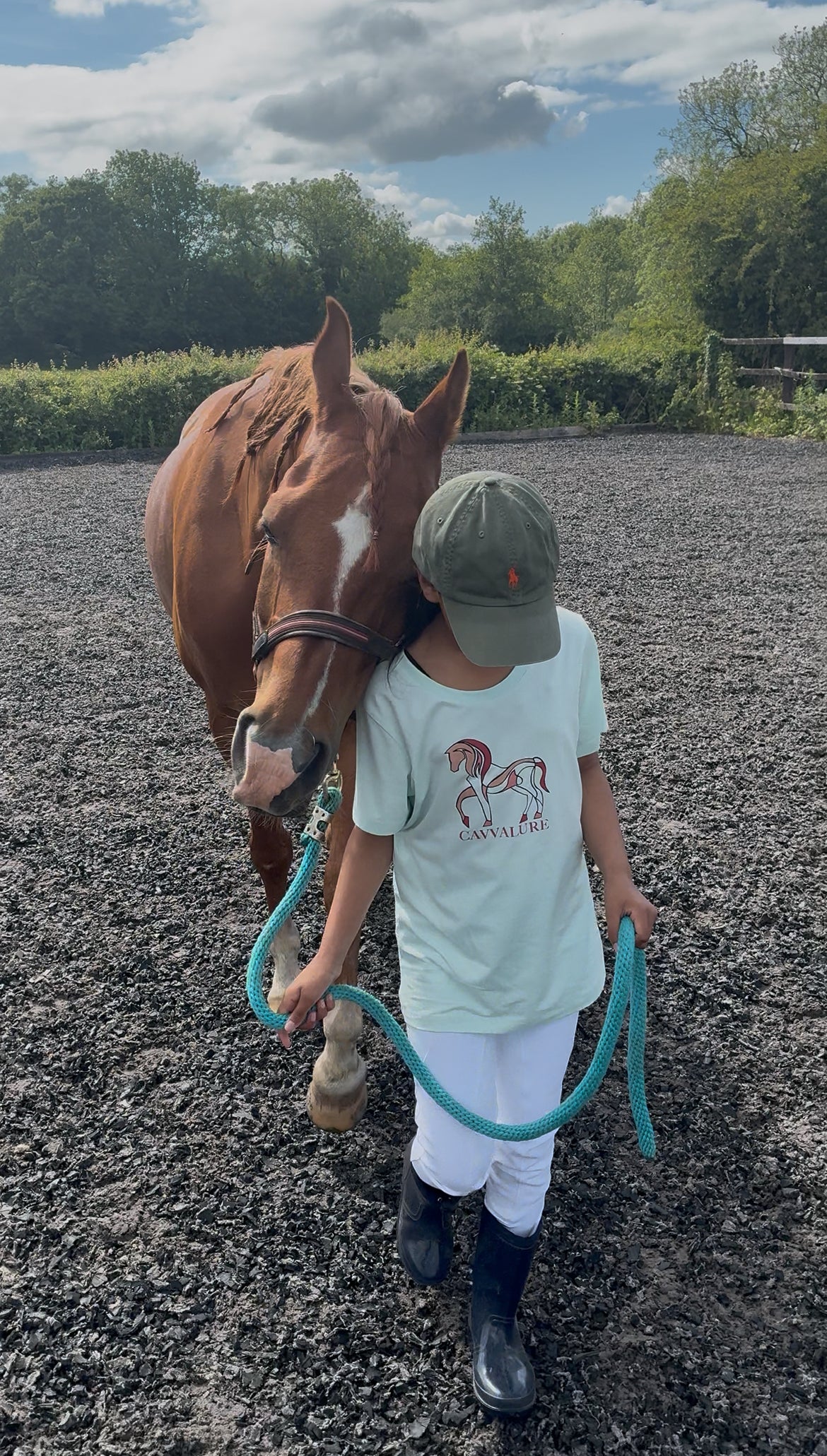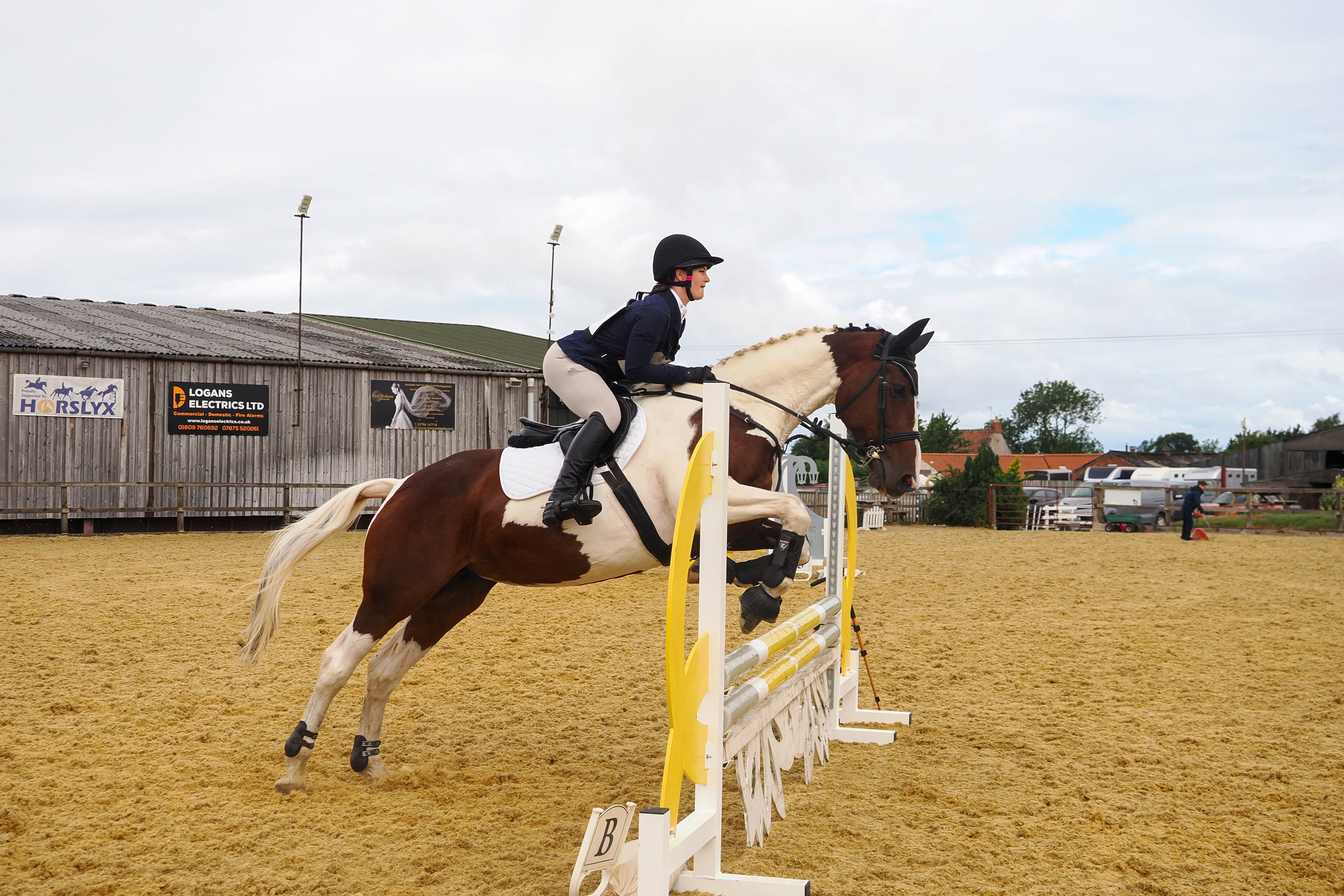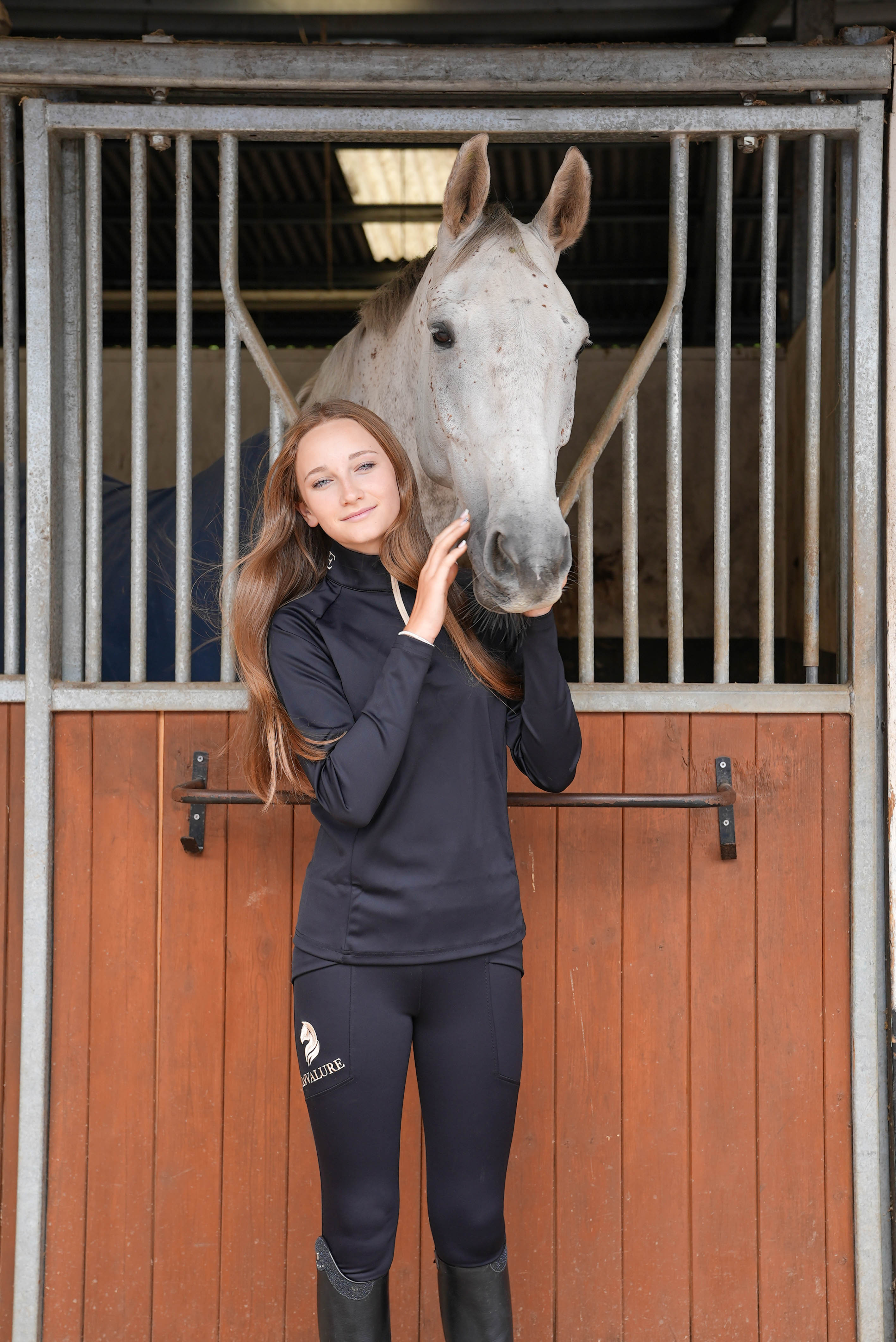Welcome, once again, to The Cavvalure Journal. In our explorations of the narratives that define the equestrian spirit, we often focus on grand gestures—the powerful charge, the disciplined partnership, the storied lineage. Today, however, we pause. We turn our gaze to a work of profound quietude, a masterpiece of the Romantic era that captures not the action of the horse, but its soul in repose: Johan Christian Dahl’s 1819 painting, “Fields Near Dresden With A White Horse.”

Painted during his time in Germany, this work by the great Norwegian father of landscape painting is, at first glance, a study of the sky. Dahl’s high craftsmanship is immediately apparent in the vast, expressive heavens, alive with the movement of clouds and the soft diffusion of light. The landscape itself, the verdant fields near the Elbe, is rendered with a fresh naturalism that was revolutionary for its time. Yet, it is a single, small detail that anchors this entire majestic scene and gives it its resonant emotional heart: the lone white horse.
This is not a heroic steed posed for a portrait, but a horse simply being a horse. It stands in quiet solitude, a luminous point of stillness in the sweeping panorama of nature. For the non-equestrian, it is a symbol of pastoral peace. But for those of us who know horses, the emotion is specific and deeply personal. The horse’s solitude is one of serene contentment—a sanctuary of repose. Dahl captures that universally cherished equestrian moment: a horse at peace, grazing under a wide sky, safe and calm in its place.

This painting evokes the private joy of watching your own horse graze at dusk—a feeling of care rewarded, of peace in responsibility fulfilled. It is a moment that speaks of stewardship more than ownership, of observation more than command. Dahl’s sensitivity to this quiet emotional truth reveals a depth of understanding about the human–horse bond that transcends time and discipline.
As a Romantic painter, Dahl turned away from classicism’s rigidity and found grandeur in simplicity. His reverence for light, atmosphere, and authenticity is apparent here: a white horse rendered not with pomp, but with peace. It reflects a truth many of us feel—equestrian life is defined not only by movement and mastery, but by quiet care and the beauty of stillness.
Ultimately, Dahl’s work is a gentle reminder that true elegance doesn’t shout. It stands quietly, at ease in its place, knowing its worth. The luminous stillness of that white horse reflects the best of the equestrian spirit—serene, soulful, and deeply loved.





